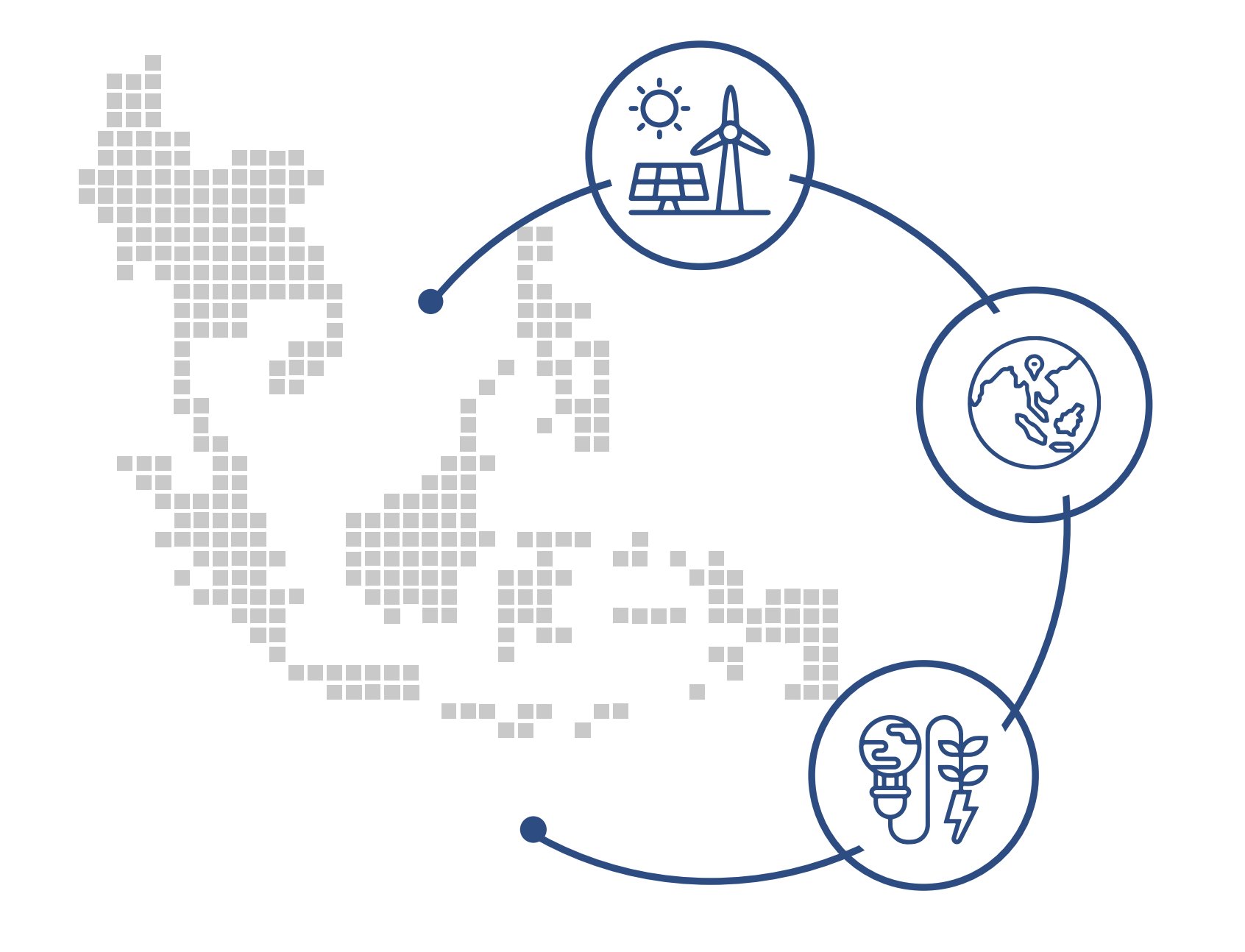Background
Egypt is located in north-east Africa and bordered by the Mediterranean Sea in the north and the Red Sea in the east. Air, water and soil pollution are the main environmental challenges confronting Egypt. For example, the WHO reports that the average resident of Cairo inhales 20 times the acceptable level of air pollution on a daily basis. Egypt is the largest non-OPEC producer of oil in Africa, and the second largest natural gas producer on the continent. As reported in the Oil and Gas Journal of 2013, Egypt has proven crude oil reserves amounting to 4.4 billion barrels .
Overall Fiscal Profile
Following the onset of the Arab Spring in 2011, Egypt experienced 3 years of political turmoil, which led to reduced tourism and investment flows. In 2013, returns on government debt decreased. Additionally, despite stimulus packages (3 per cent of GDP), real GDP and private investment growth has been sluggish. The Egyptian government announced in April 2014 that it anticipates a budget deficit of 14-14.5 per cent of GDP. Recent budget deficits have been rather large owing to extensive subsidies, particularly on fuel. Egypt expects to grow by 3.25 per cent in the next fiscal period, and has the potential to redirect existing fiscal allocations to enhance its green economy transition. Moreover, the government is aiming to build its fiscal strategy as an integral part of its recovery.
Policy and Legal Framework
In 2002, Egypt launched the National Environmental Action Plan to place the environment at the center of modernization, an important milestone. In 2006, Egypt integrated environmental protection programs in its Sixth Five-Year Plan (2007-2012). The programs included improved waste management, particularly for industry, and actions aimed at reducing air and water pollution. Other programs included increasing training and environmental awareness and decentralizing environmental administration . Following the political upheaval associated with the Egyptian Revolution, a short-term strategic development plan (2009-2012) was adopted. This plan integrated aspects of the Green Economy, including sustainable and inclusive growth, as well as environmental and sustainable natural resource management . The Supreme Council on Energy also approved the “Long-Term Plan for Wind Energy” and a National Renewable Energy Strategy in 2008, which fixed a target to meet 20 per cent of electricity needs with renewable sources – of which 12 per cent would be wind-produced – by 2020.
More recently, “Green Egypt: A Vision for Tomorrow” was published by the Egyptian National Competitiveness Council (ENCO). This substantial report integrates relevant fiscal policy levers for competitiveness and inclusive growth in Egypt and envisions a green transformation in Egypt. As reported by the Egyptian National Competitiveness Council, fiscal policy can play a much better role in enhancing competition and promoting pro-poor as well as sustainable growth. For example, the “Green Egypt” vision aims to establish a task force on green transformation and an office for green investment promotion. Additionally, the report advises the government to make a clear and comprehensive statement on its financial commitments. It is advised that the planning and financial institutions take a longer term focus and ensure transparency in future decision making. Further investments in green technologies in Egypt are also discussed as having the potential to create new sustainable jobs and reduce the existing unemployment rate (33%).
Fiscal Measures for Green Economy
In 2008/09, due to the financial crisis, the government injected a stimulus package of EGP 15 billion into the economy, with funding primarily for infrastructure projects pertaining to water and sanitation.
Sector Transformation Strategies have also been adopted. For example, in the agricultural sector, the strategy strives to promote agro industry and the intersection of agriculture and industrial sectors to stimulate growth. Examples of fiscal incentives for the sector includes direct agriculture sector investment which is estimated to amount to EGP 65 (US$ 9.09) billions of direct government investment between the years 2008 and 2020.
The Ministry of Electricity was planning to introduce a tax break and feed-in tariff system that can encourage the development of renewables, but these have not yet been put in place. In 2008, a new electricity law was endorsed by the Cabinet and is awaiting approval by Parliament. The law would integrate a feed-in tariff on wind and solar to reimburse producers for the cost of production not covered by electricity prices. None the less, full adoption will occur at a later stage.
In addition, the “Fund for Development of Power Generation from Renewable Energy” would be developed to cover the deficit between the renewable energy costs and market prices as well as provide financial support to pilot projects. In late 2012, the renewable energy industry was gaining greater support. The government announced exemptions from customs duty and sales taxes on parts for renewable energy systems. It was also announced that allocations of land belonging to the NREA would be made to private companies working in the wind and solar fields. As reported by the AFDB, renewable energy investment will cost approximately $7 billion during the next 10 years, highlighting the need for further investment finance when government resources will be tight. This requires a well-designed fiscal package in this regard.
Fossil Fuel Subsidy Reform
Egypt is highly dependent on fossil fuels: natural gas comprises 50% of its national energy mix and oil and its derivatives make up 45%. In 2004, the government launched an energy reform program that increased the price of gasoline, diesel and electricity by 5 per cent a year from 2005 to 2008. In 2005, expenditures on energy subsidies amounted to roughly 30 per cent of public spending, amounting to US$ 8.5 billion. In 2008, the government increased the price of natural gas and electricity to energy intensive industries yet again. Despite the reform, official statistics show that petroleum subsidies increased from LE 40 billion (US$ 7.2 billion) in 2005/2006 to LE 68 billion (US$ 11.9 billion) in 2009/2010. In 2011, energy subsidies were three times the spending on education and seven times health expenditures .
If energy subsidies are valued at full economic cost, their value is as high as LE 140 billion or 11.9 % of GDP. However, these subsidies do not reach their intended beneficiaries. Moreover, electricity prices are among the lowest in the world, and 90% of residential customers pay less than 50% of the costs of electricity generation. It is estimated that 71% of the benefits accrued from diesel subsidies are in the 5th and highest quintile, leaving very little to those who need it most.
The Green Egypt vision stresses the importance of phasing out fossil fuel subsidies with due consideration to compensation mechanisms, given the social and political implications of such a transition. Egypt has sought IMF and World Bank technical support to devise a strategy for additional subsidy reform.
Related document: Böll Stiftung (HBS) and Friends of the Earth England, Wales & Northern Ireland (FoE-EWNI). http://ke.boell.org/sites/default/files/2013-03-powering-africa_through-feed-in-tariffs.pdf CEDARE and UNEP (2011). Egypt Green Economy Workshop Report. Download here. Egyptian National Competitiveness Council 2010. Green Egypt: A Vision for Tomorrow. Retrieved from: http://www.hossambadrawi.com/Content/UploadedPdfs/634416780220468750_ENCC%202010.pdf GIZ, 2012. Green Growth Opportunities and Requirements in Egypt. Retrieved from: http://www.giz.de/fachexpertise/downloads/giz2012-en-green-growth-egypt.pdf IMF 2014. Energy Subsidies in the Middle East and north Africa: lessons for reform. Retrieved from: https://www.imf.org/external/np/fad/subsidies/pdf/menanote.pdf





